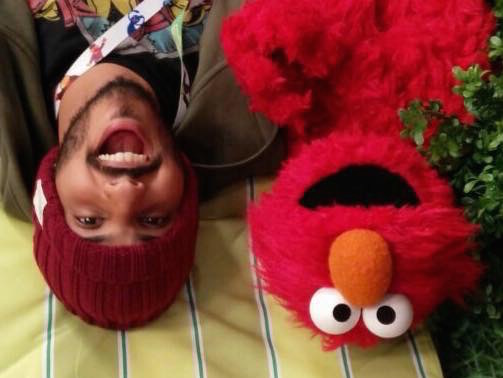Global Sesame Street has announced this week that a new show Ahlan Simsim (“Welcome Sesame” in Arabic) will debut in February of 2020. Ahlan Simsim is being created as a partnership between Sesame Street and the International Rescue Committee.
The three new Muppets being introduced on Ahlan Simsim are named Basma, Jad, and Ma’zooza. Basma and Jad are both creative five-year-old Muppets and Ma’zooza is their trusty sidekick- a baby goat who loves eating circular shaped objects.
The New York Times described the new characters on Ahlan Simsim by writing, “The characters are creative and adventurous, speak Arabic and are set to tackle yet another difficult subject: the trauma facing refugee children in the Middle East.”
The executive producer of Ahlan Simsim, Scott Cameron, announced the upcoming show in a medium post last Sunday. He described how the show will focus on coping skills and discovering how to manage big feelings. In the announcement he wrote of the show’s content, “We’ve made these social-emotional skills the focus of Season One because research shows that these skills form a crucial developmental foundation for young children. We also know from research that these “emotional ABCs” are especially important for kids who’ve experienced the trauma of war and displacement, as is the case for so many children in the Syrian response region.” There are currently upwards of 12 million displaced Syrian refugees and approximately half of those refugees are children.
Funding for Ahlan Simsim came in large part from a MacArthur Foundation grant from 2017 for $100 million dollars. Collaborative work from child psychologists, early childhood specialists, linguists, and artists contributed to brainstorming sessions held by Sesame Workshop and the International Rescue Committee last year.
David Miliband, head of the International Rescue Committee, told the New York Times, “Across the Middle East, there are Syrian refugee children whose entire childhoods have been a life of displacement. Ahlan Simsim is a massive and transformational investment that recognizes the scale of the problem and what’s at stake.”
What types of media positively influence your life? What else could major media outlets do to better support the emotional and social well-being of their consumers?



